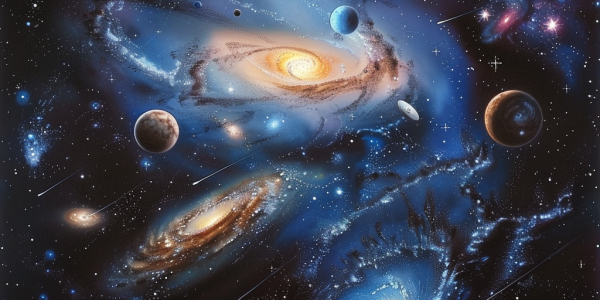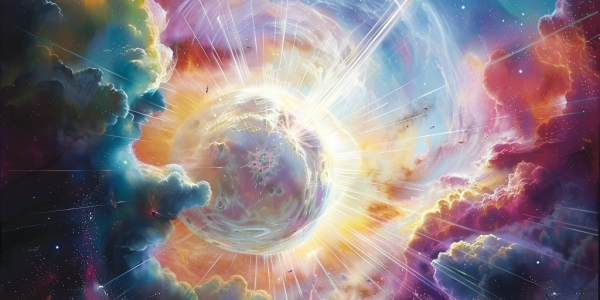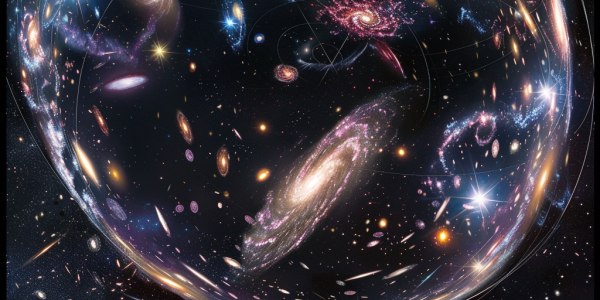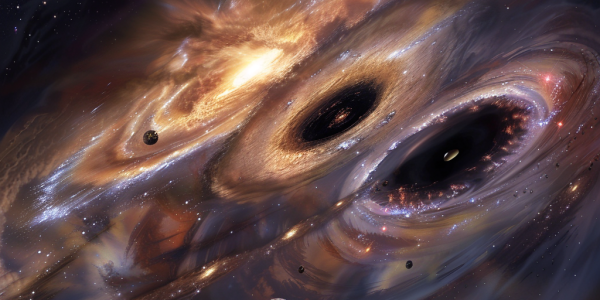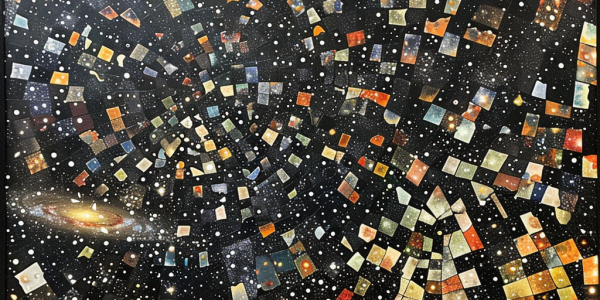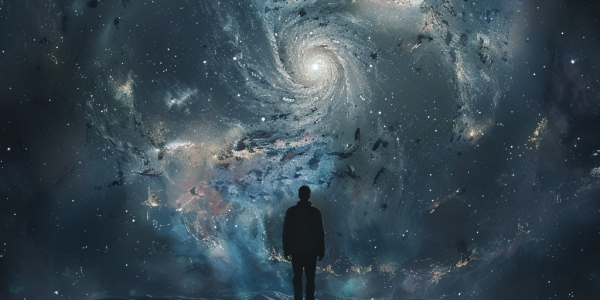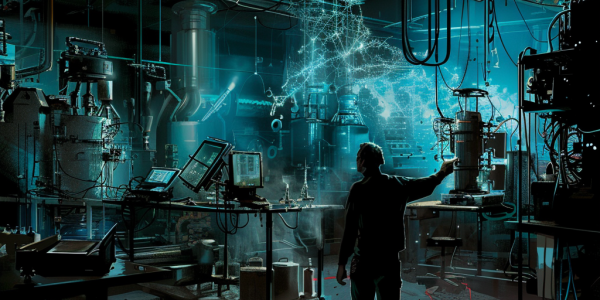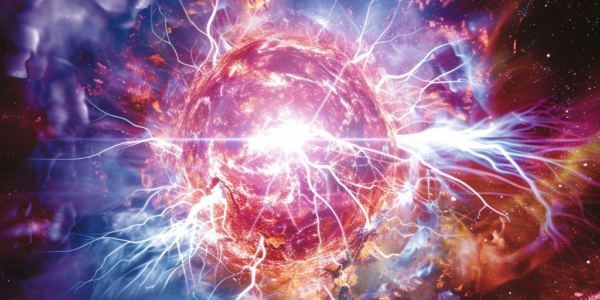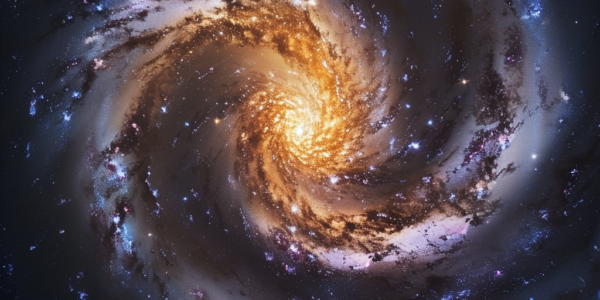Exploring the Enigmas of Dark Matter and Dark Energy
Explore the mysteries of dark matter and dark energy, which together constitute about 95% of the universe’s mass-energy content. This article delves into the enigma of dark energy, the invisible nature of dark matter, and the ongoing search for dark matter particles, revealing their crucial roles in cosmic evolution and the universe’s accelerated expansion.
Pulsars May Illuminate Dark Matter Mysteries Through Axion Detection
Recent advancements in astrophysics reveal that rapidly spinning neutron stars, or pulsars, may play a crucial role in detecting dark matter through the production of axions. Research from the University of Amsterdam suggests these elusive particles could be generated in significant quantities, offering new insights into the universe’s mysteries and the fundamental nature of dark matter.
Astronomers Capture Stunning Images of ‘The Carousel Lens’ Gravitational Phenomenon
Astronomers have made a groundbreaking discovery with the gravitational lens known as ‘The Carousel Lens,’ captured by the Hubble Space Telescope. This rare cosmic alignment features seven distorted galaxies, providing unique insights into the early Universe and the complex nature of dark matter and dark energy. The Carousel Lens exemplifies the power of gravitational lensing in modern astronomy, offering a mesmerizing look into the cosmos and advancing our understanding of galactic formation and evolution.
Dark Matter May Solve Supermassive Black Hole Merger Mystery
Recent research suggests that dark matter may solve the final parsec problem in the merger of supermassive black holes, a long-standing mystery in astrophysics. This study explores how dark matter’s gravitational influence could facilitate the merging process, providing insights into galaxy formation and the universe’s evolution.
Newly Discovered Satellite Galaxies Surrounding HSC-SSP Area Unveiled by Researchers at Tohoku University
A recent study by researchers at Tohoku University has uncovered numerous satellite galaxies in the HSC-SSP area, previously unknown and identified through advanced technology. This discovery provides valuable insights into the cosmos, shedding new light on the Milky Way, dark matter, and the dynamics of the universe.
Unraveling the Mystery of Dark Matter: New Insights from MIT Study
Scientists have been on a quest to unravel the mystery of dark matter, the enigmatic and invisible substance that makes up the majority of the universe’s mass. Despite stars, planets, and cosmic dust being observable, they do not suffice to elucidate the universe’s workings, leaving scientists to infer the existence of dark matter, a substance that remains elusive and does not interact with light. A recent study conducted by researchers from the Massachusetts Institute of Technology has reignited interest in the theory by shedding light on the composition of primordial black holes and potentially identifying a new category of exotic black holes, sparking excitement within the scientific community.
Dogged Dark Matter Hunters Find New Hiding Places to Check
New experiments are being conducted to search for ultra-lightweight particles as potential candidates for dark matter, as physicists move away from traditional WIMP and axion paradigms. Researchers believe that dark matter may not be simple and could consist of a variety of particles, challenging previous assumptions and theories.
Neutron Star Mergers Shed Light on Dark Matter
Neutron star mergers provide new physics signals that could shed light on dark matter, according to a study by Washington University in St. Louis. The study, led by physicist Bhupal Dev, establishes constraints on axion-like particles using observations from the 2017 neutron star merger event, GW170817. These particles are prime candidates for constituting dark matter and could bridge the gap between the visible and dark sectors of the universe.
Study Explores Dark Matter’s Role in Galactic Dynamics
Dark matter, the elusive substance that makes up much of the matter in the universe, continues to intrigue astronomers. A recent study, detailed in the pre-print server arXiv, delves into the speed at which dark matter can move and its…

